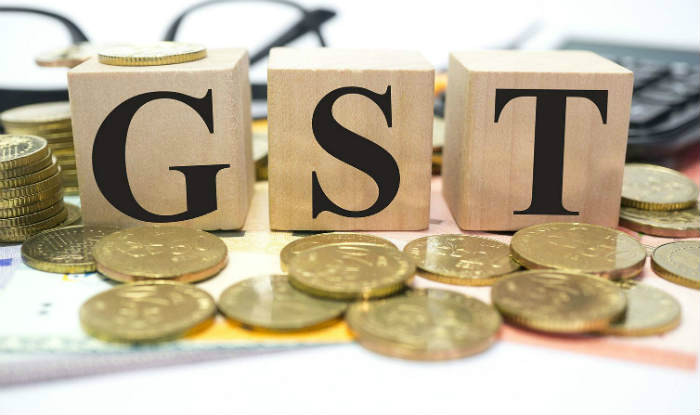
A brief note on what is GST
GST is the Goods and Services Tax, a form of indirect tax in India. This indirect tax came into being on July 1, 2017, under the administration of prime minister Narendra Modi after passing the bill in the parliament.
Basically, the GST is imposed on the sale of various products and services in the country, including inter-state businesses. There is also a special counsel called the Goods and Services Tax Council that contains the tax rates and regulations.
The main idea behind the introduction of the Goods and Services Tax (GST) in the country is to boost the country’s economy. It is also seen as a means to take down on black money.
GST rates for commodities and services
The Goods and Services Tax is imposed at different rates. These rates can be of 0 percent as the minimum, 5 percent, 12 percent, 18 percent and 28 percent as the maximum, respectively. The rates for the tax is applied to various consumer goods and services.
The rates for Goods and Services Tax differ keeping in mind the types of commodities that are essential to the people and the luxury items, some of which are also imported from foreign countries. Thus, the GST rates are low for basic consumer utilities, while luxury commodities have a higher rate of Goods and Services Tax, as imposed by the government.
The hierarchy of the Goods and Services Tax starts from the manufacturers and goes to the reach of consumers. You will also know that the Goods and Services Tax is levied at every point of sale. The Centre and State GST are charged for inter-state sales.
When the Goods and Services Tax rule was first introduced to the general public, you will know that many were not in its support because this would again increase the value of goods which are purchased by lower and middle-class groups. However, many did welcome this new taxation system by the government.
Let’s go ahead and look at some of the advantages and disadvantages which the GST holds. Here, you will come to know how the GST will affect your daily lives as the prices of tangible items and services will change as well.
This is also for many who might still not be completely aware of the Goods and Services Tax.
Advantages of GST to businesses and consumers
Some of the primary advantages of the GST for businesses and consumers are listed below.
- GST is seen as a transparent tax administration.
- GST aides in eliminating a series of taxes on products and services.
- It allows for an easy online procedure.
- GST creates a composition scheme for small businesses.
- It has a higher threshold for registration.
- There is an improved efficiency in logistics.
- The degree of compliances is low.
- GST regulates the disorganized sectors.
- It has a defined treatment for E-commerce.
- There will be reduced cost for essential items for consumers.
GST will prove beneficial to the general public as prices will be reduced in order to increase consumption.
The prices of the following are said to be cheaper for the consumers:
- Home appliances and electronic items, such as washing machines, gas stoves, television, fans, lightings, water heaters, air conditioners, etc.
- Movie tickets
- Two-wheelers, entry-level cars, and compact SUVs
- Dining in restaurants
- Items such as cement and paints
If the prices of the above-mentioned things become cheaper, it is definitely going to soothe the general public.
Disadvantages of GST to consumers
In contrast to the advantages of Goods and Services Tax, we shall also look at some of the possible disadvantages which could affect the manufacturers, wholesalers, retailers and the consumers.
- GST was announced in the mid of the financial year, that is, on July 1, 2017.
- It is completely GST-compliant.
- It is an online tax system.
- The small and medium businesses are more likely to bear the burden of the tax.
- There are increased costs because of the purchasing of software for the online tax system.
- It is also going to increase operational costs.
- Many consider that both the central and state GST is disguised in the form of Central Excise/Service Tax, Value Added Tax (VAT) and CST (Central Sales Tax).
The effect of the new GST law can hamper the consumers, especially the ones who are categorized as lower and middle segments. As prices for some commodities, assets, and services may rise high.
Let’s see below in what terms the Goods and Services Tax is going to pose a negative effect on the common masses of the country as the prices will increase for many products and services.
- The cost of children’s school fees will increase.
- Renting homes will increase.
- The cost of health-care will increase.
- The cost of courier services will increase.
- DTH and broadband services will increase.
- The cost of life insurance premium renewal policies will increase.
- The banking and investment services will become costly.
- The cost of traveling by trains and metro trains will increase.
- The cost of beverages and soft drinks will increase.
- Commercial vehicles will increase.
- The cost of mobile phone bills will increase.
- The cost of jewelry will increase.
- Textile products will increase.
- The cost of cigarettes and tobacco products will increase.
These are the various services and utilities which are going to impact you with their prices becoming hiked.
How will GST shape our country?
GST claims to be eliminating the system of levying a tax upon tax on products and services. This is done so in order to improve the collection of taxes through their uniform tax rates (as have already mentioned above).
The idea for implementing the Goods and Services Tax was also to boost the economy of the country so that the country could be self-dependant financially. This change, however, may not be appreciated by many as this is going to affect their lives.
If you are running a business and trading products, and you have the Goods and Services Tax imposed on you, it would quite justifiably point to the Value Added Tax (VAT). For consumers, on the other hand, the imposing of GST can be re-surfaced from different aspects.





